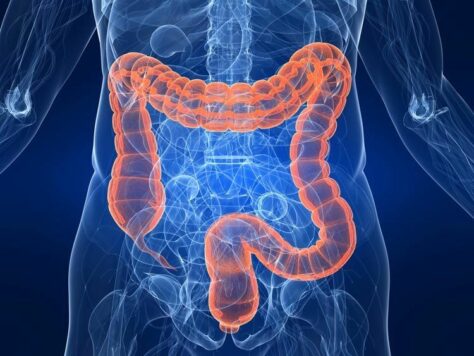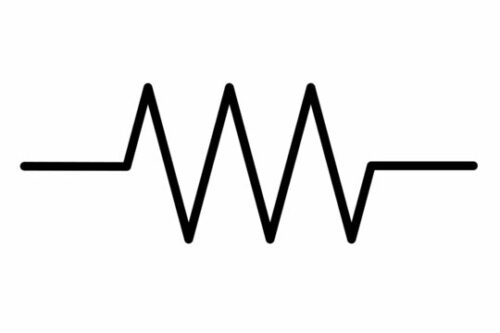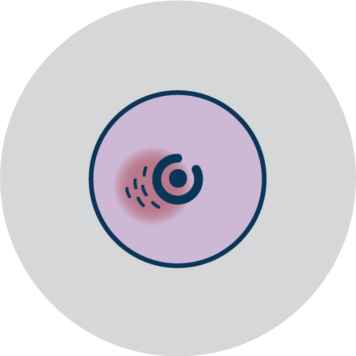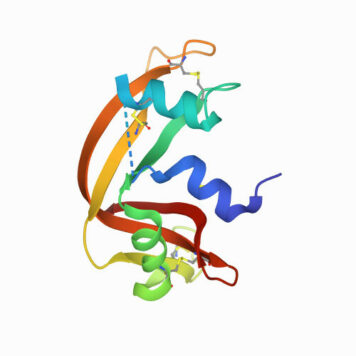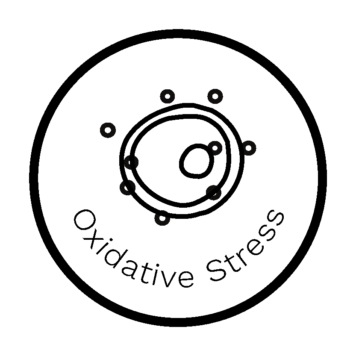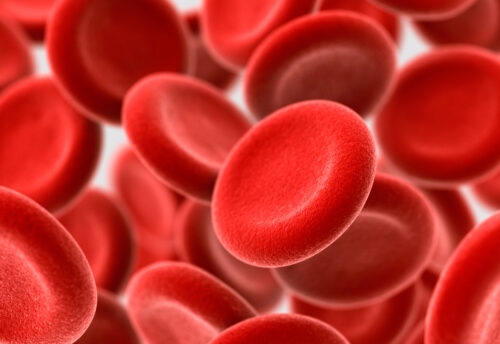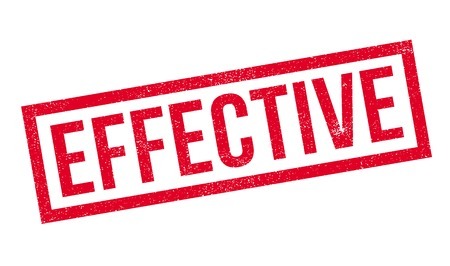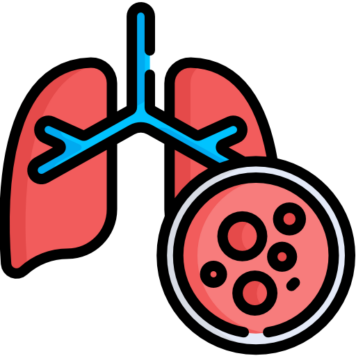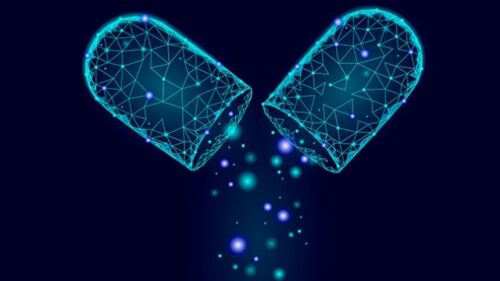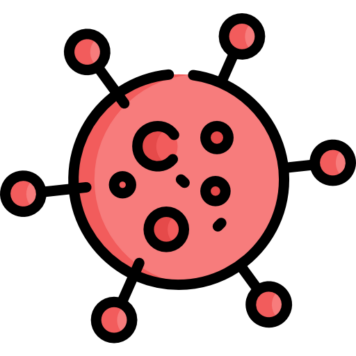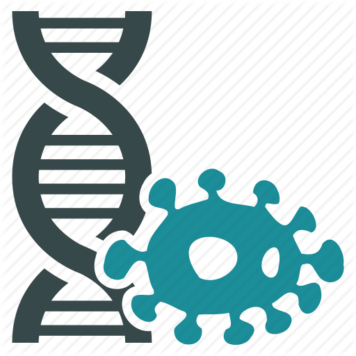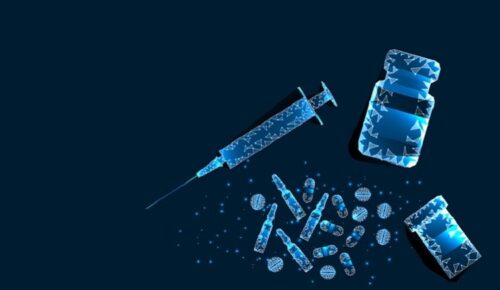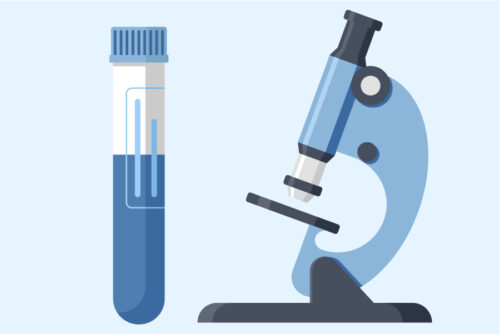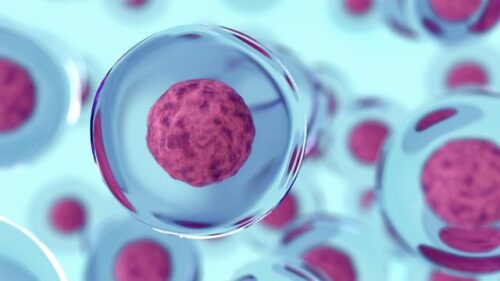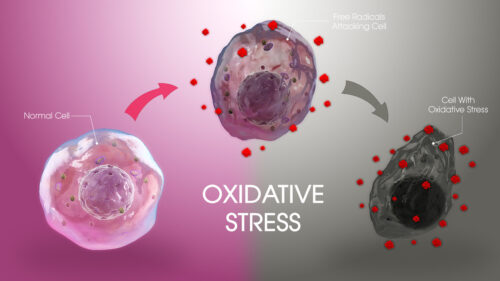The current paper reviews the applications of luminescence bioassays for monitoring the results of low-intensity exposures which produce a stimulative effect. The impacts of radioactivity of different types (alpha, beta, and gamma) and bioactive compounds (humic substances and fullerenols) are under consideration. Bioassays based on luminous marine bacteria, their enzymes, and fluorescent coelenteramide-containing proteins were used to compare the results of the low-intensity exposures at the cellular, biochemical, and physicochemical levels, respectively. High rates of luminescence response can provide (1) a proper number of experimental results under comparable conditions and, therefore, proper statistical processing, with this being highly important for “noisy” low-intensity exposures; and (2) non-genetic, i.e., biochemical and physicochemical mechanisms of cellular response for short-term exposures. The results of cellular exposures were discussed in terms of the hormesis concept, which implies low-dose stimulation and high-dose inhibition of physiological functions. Dependencies of the luminescence response on the exposure time or intensity (radionuclide concentration/gamma radiation dose rate, concentration of the bioactive compounds) were analyzed and compared for bioassays of different organization levels.
Related researches 41 articles
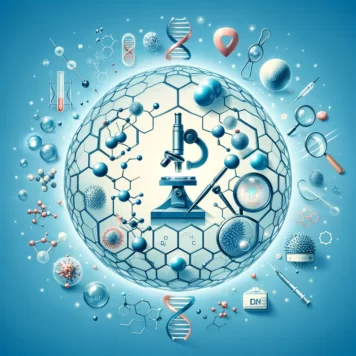
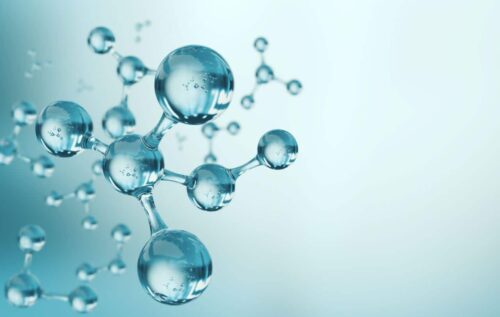
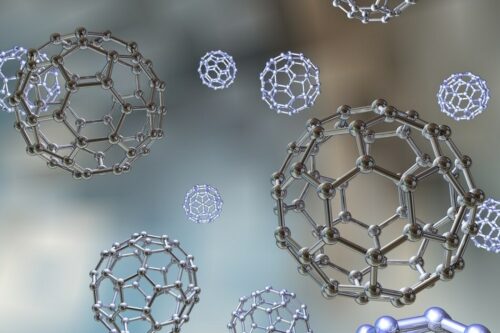
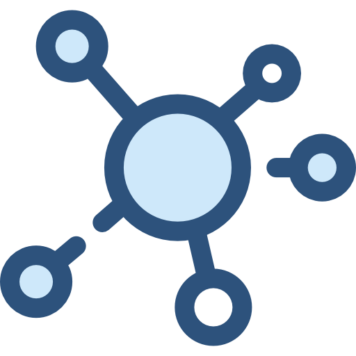
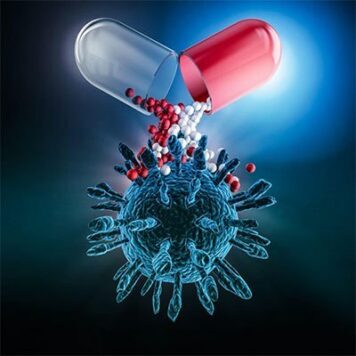
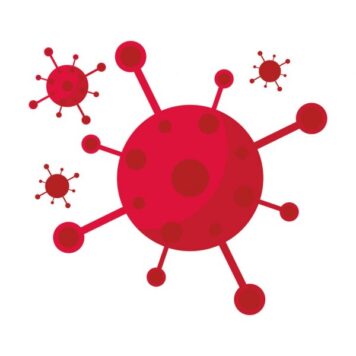
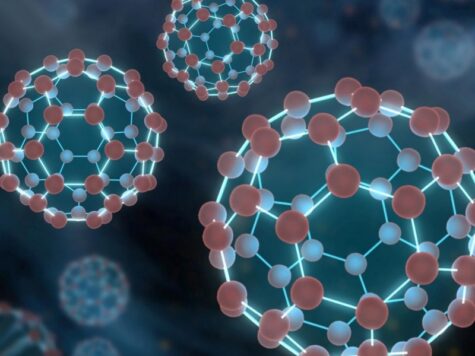

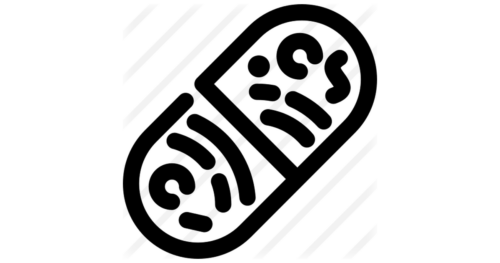
![Biocompatible [60]/[70] Fullerenols: Potent Defense against Oxidative Injury Induced by Reduplicative Chemotherapy](https://biofullerene.com/wp-content/uploads/2022/11/istockphoto-65584859-356x356.jpg)

